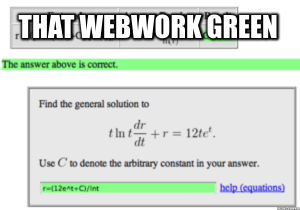Students often struggle to apply abstract mathematical concepts to real-world problems. These might be word problems assigned as math homework, which often appear in a section titled Applications, at the end of a chapter in their math textbooks. These might be problems appearing in one of their other classes like Chemistry, Hospitality Management or Engineering. Or these might be problems that students are solving in their heads in their day-to-day lives, without even realizing that they are applying abstract math concepts.
Tutors may not realize that they can help students with such topics when they pop up in other disciplines, but a tutor’s expertise can be extremely valuable here. The tutor should have a firm grasp of the big picture (the abstract math concept) and the ability to recognize how and when it is applied in different contexts. The tutor has the chance to help the student realize that, “Hey, this is the same math concept, just dressed up in different ways!”
In this post, we tackle a topic that appears in each of these three realms: unit conversion. Continue reading



